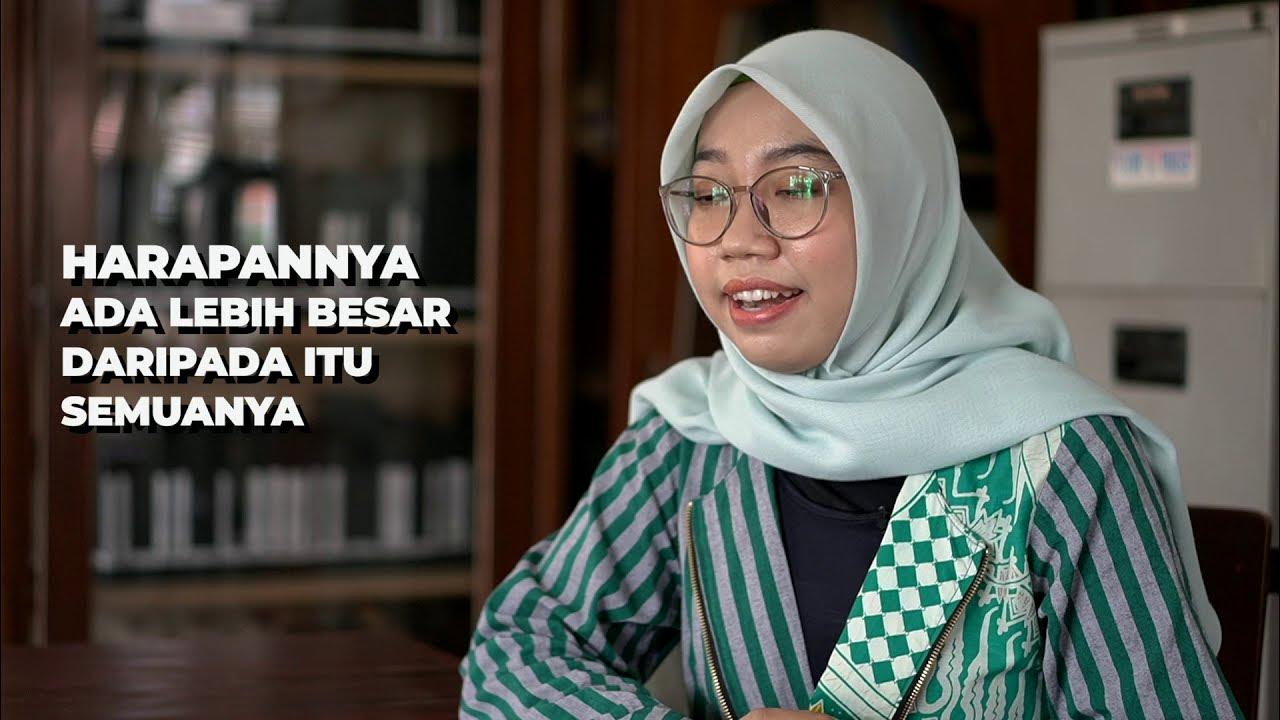Walk-through Tour of the Central Bank Museum
Summary
TLDRThis video offers a virtual tour of the Central Bank Museum of Trinidad and Tobago, established in 2004. The museum showcases the history of money, from pre-colonial trade objects to modern coins and notes, including rare artifacts like a replica of a thousand-dollar bill. Visitors can explore the role and functions of the Central Bank, learning about inflation through interactive displays and how money evolves over time. The video also highlights the bank's operations, staff responsibilities, and commitment to the country's financial system and citizens' prosperity.
Takeaways
- 🏛️ The Central Bank Museum was established in 2004 to celebrate the 40th anniversary of the Central Bank of Trinidad and Tobago.
- 📜 The museum showcases the history of money in Trinidad and Tobago, from the pre-Columbian era to modern times.
- 🪙 Early forms of money included objects like obsidian and dogadorno before modern currency like coins and notes were introduced.
- 🇪🇸 The museum covers various historical periods, including the Spanish and British colonial eras, as well as African enslavement and indentureship.
- 💵 A rare artifact on display is a replica of a Trinidad and Tobago $1,000 bill, which many people may not know existed.
- 🎨 The museum highlights the evolution of Trinidad and Tobago’s currency design, including the various birds featured on different notes.
- ⚙️ Visitors can learn about the coin-making process, from historical methods using the Jean Viere machine to modern digital technologies.
- 🏦 The museum educates visitors about the Central Bank's role, including managing inflation, keeping money secure, and regulating the financial system.
- 🛒 An interactive section allows visitors to explore inflation by comparing prices of goods, like doubles, over different decades.
- 👨💼 The Central Bank has over 500 employees, and its governor oversees financial matters, ensuring the country's financial stability and economic prosperity.
Q & A
What is the purpose of the Central Bank Museum?
-The Central Bank Museum was established to educate people about the history of money, the role of the central bank, and the evolution of currency in Trinidad and Tobago.
When was the Central Bank Museum established, and why?
-The museum was established in 2004 to commemorate the 40th anniversary of the Central Bank of Trinidad and Tobago.
What are some of the early forms of money displayed in the museum?
-The museum displays objects used as money before coins and banknotes, including obsidian (a glass-like volcanic rock) and a Dogadorno, both from Tobago.
What periods of Trinidad and Tobago’s history are covered in the museum's exhibits?
-The museum covers several historical periods including the pre-Columbian era, the Spanish and British colonial periods, African enslavement, emancipation, indentureship, and the pre-independence era.
What is one of the most unique artifacts in the museum?
-One of the most unique artifacts is a replica of a thousand-dollar bill, which many people are unaware was once issued by the government of Trinidad and Tobago.
What role does the Central Bank of Trinidad and Tobago play in the country's financial system?
-The Central Bank is responsible for managing financial matters, ensuring the safety and stability of the financial system, regulating banks and non-bank financial institutions, and promoting economic prosperity for citizens.
How does the museum educate visitors about the concept of inflation?
-The museum features a hands-on mock grocery where visitors can see the cost of goods over different years, illustrating how prices have changed due to inflation.
What is a Jean-vière machine, and what is its significance in the museum?
-The Jean-vière machine, displayed in the museum, was historically used to create coin designs by reducing them from larger models. It played a key role in the coin-making process, which has since been digitized.
How does the museum highlight the evolution of Trinidad and Tobago's currency design?
-The museum showcases banknotes from 1964 to the present, detailing the changes in note design over time, including the images of local birds featured on the notes.
What interactive exhibits are available in the museum?
-Interactive exhibits include a section where visitors can learn about the features of the banknotes, hear the sounds of the birds depicted on them, and experience how inflation affects the prices of goods in a mock grocery store.
Outlines

Этот раздел доступен только подписчикам платных тарифов. Пожалуйста, перейдите на платный тариф для доступа.
Перейти на платный тарифMindmap

Этот раздел доступен только подписчикам платных тарифов. Пожалуйста, перейдите на платный тариф для доступа.
Перейти на платный тарифKeywords

Этот раздел доступен только подписчикам платных тарифов. Пожалуйста, перейдите на платный тариф для доступа.
Перейти на платный тарифHighlights

Этот раздел доступен только подписчикам платных тарифов. Пожалуйста, перейдите на платный тариф для доступа.
Перейти на платный тарифTranscripts

Этот раздел доступен только подписчикам платных тарифов. Пожалуйста, перейдите на платный тариф для доступа.
Перейти на платный тарифПосмотреть больше похожих видео

Virtual Tour Museum Ki Hajar Dewantara - Lumi Pictures

Management of Infection Prevention and Control Policies and Guidelines video lecture

Menyusuri Jejak Kolonial di Javaasche Bank | Wisata Sejarah Surabaya

Mengintip Kota Tua Setelah Revitalisasi

MUSEUM GEOLOGI TERLENGKAP & SATU-SATUNYA DI INDONESIA!!! Sejarah Museum Geologi Bandung

VLOG MUSEUM KONFERENSI ASIA AFRIKA BANDUNG (Tugas Besar Komunikasi AntarBudaya Kelompok 2-KM 45 02
5.0 / 5 (0 votes)
